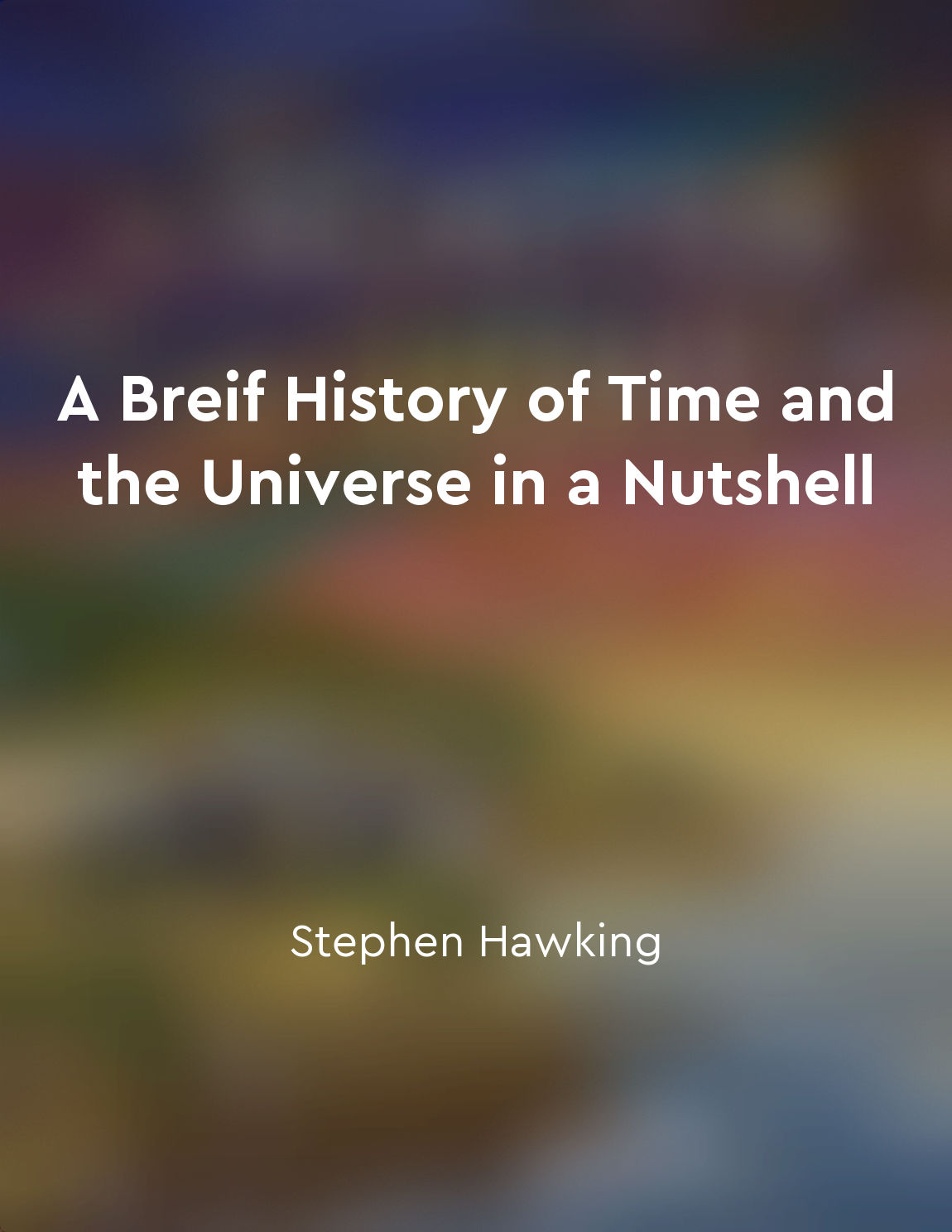The theory of general relativity from "summary" of Seven Brief Lessons on Physics by Carlo Rovelli
In the early 20th century, Albert Einstein revolutionized our understanding of gravity with his theory of general relativity. According to Einstein, gravity is not a force that pulls objects towards each other, as Isaac Newton had proposed, but rather a curvature in the fabric of spacetime caused by mass and energy. In Einstein's view, massive objects like planets and stars bend the fabric of spacetime around them, creating a sort of "dimple" that influences the motion of other objects nearby. This curvature of spacetime is what we experience as gravity - the force that keeps us anchored to the Earth and governs the motion of celestial bodies in the universe. One of the most remarkable predictions of general relativity is the existence of black holes - regions of spacetime where the gravitational pull is so strong that nothing, not even light, can escape. Black holes are formed when massive stars collapse under their own gravity, creating a singularity - a point of infinite density where the laws of physics as we know them break down. General relativity also predicts the phenomenon of gravitational waves - ripples in spacetime that are produced by the motion of massive objects, such as colliding black holes or neutron stars. These waves travel through the universe at the speed of light, carrying information about the violent events that produced them. Despite its profound implications for our understanding of the cosmos, general relativity is not without its challenges. The theory is incompatible with quantum mechanics, the other pillar of modern physics that describes the behavior of matter and energy on the smallest scales. Physicists have been struggling for decades to develop a unified theory that can reconcile these two seemingly contradictory frameworks. In the meantime, general relativity continues to inspire new discoveries and shape our view of the universe. From the bending of starlight around massive objects to the expansion of the universe itself, the theory offers a rich tapestry of phenomena that challenge our intuitions and expand our horizons. Einstein's vision of a curved spacetime has forever changed the way we think about gravity and the nature of the cosmos.Similar Posts

Dark energy drives accelerating expansion
In the vast expanse of the cosmos, there exists a mysterious force known as dark energy. This enigmatic entity plays a crucial ...
The beauty of the cosmos
The beauty of the cosmos lies in its complexity and yet its underlying simplicity. As we delve deeper into the mysteries of the...
Universe holds mysteries
The vast expanse of the universe holds a multitude of mysteries that continue to captivate and intrigue scientists and astronom...
The dance of particles creates the world
Particles are not static elements, but rather entities in constant motion. They move, collide, combine, and create. This perpet...
Dark matter outweighs visible matter in the universe
In the grand cosmic scheme, the balance between visible matter - the stuff we can see and touch - and dark matter - the enigmat...
Quarks and leptons are fundamental particles
Quarks and leptons are the building blocks of matter. They are the most basic constituents of everything we see in the universe...
The mysteries of the universe inspire awe and curiosity in us all
The wonders of the cosmos have a way of captivating our imagination, stirring up a sense of wonder that transcends time and spa...
The challenges of reconciling string theory with observations
The challenges of reconciling string theory with observations arise from the fact that the theory operates in a realm far beyon...
Determinism governs particles' behavior at quantum level
At the quantum level, particles do not behave like tiny billiard balls bouncing around in a predictable manner. Instead, they e...
